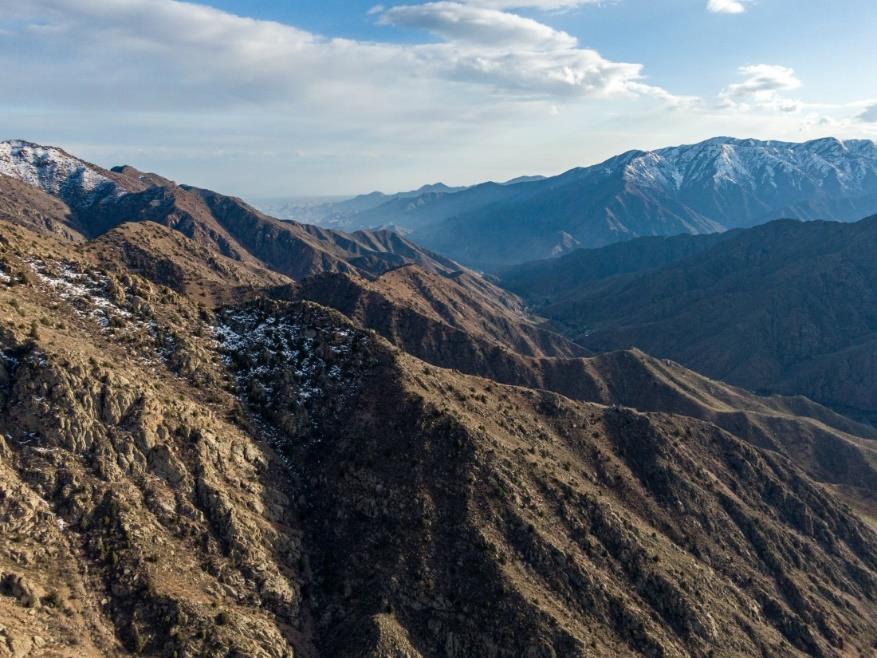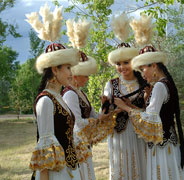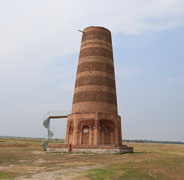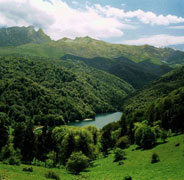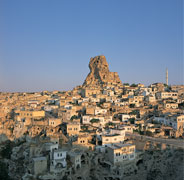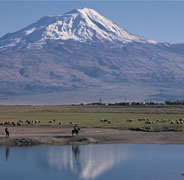Namangan
Namangan region is an ancient corner of the republic, which is confirmed by various archaeological finds and architectural monuments that tell about the primitive way of life of the local population, as well as monuments of the Bronze and Stone ages.
In the city of Chust, entire once-residential areas were found, which were attributed to the culture of the first Millennium BC. The city was the capital of the Kushan Kingdom in the 4th-3rd centuries BC with a developed economy and handicrafts.

